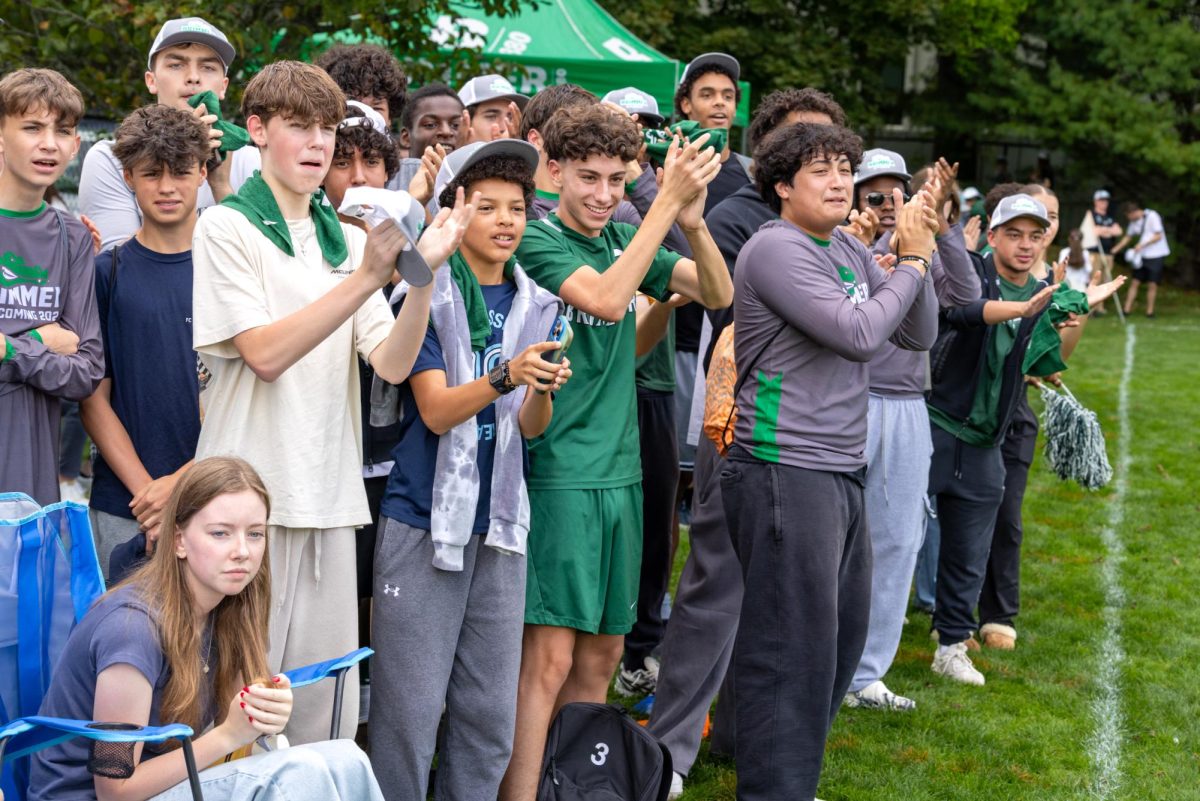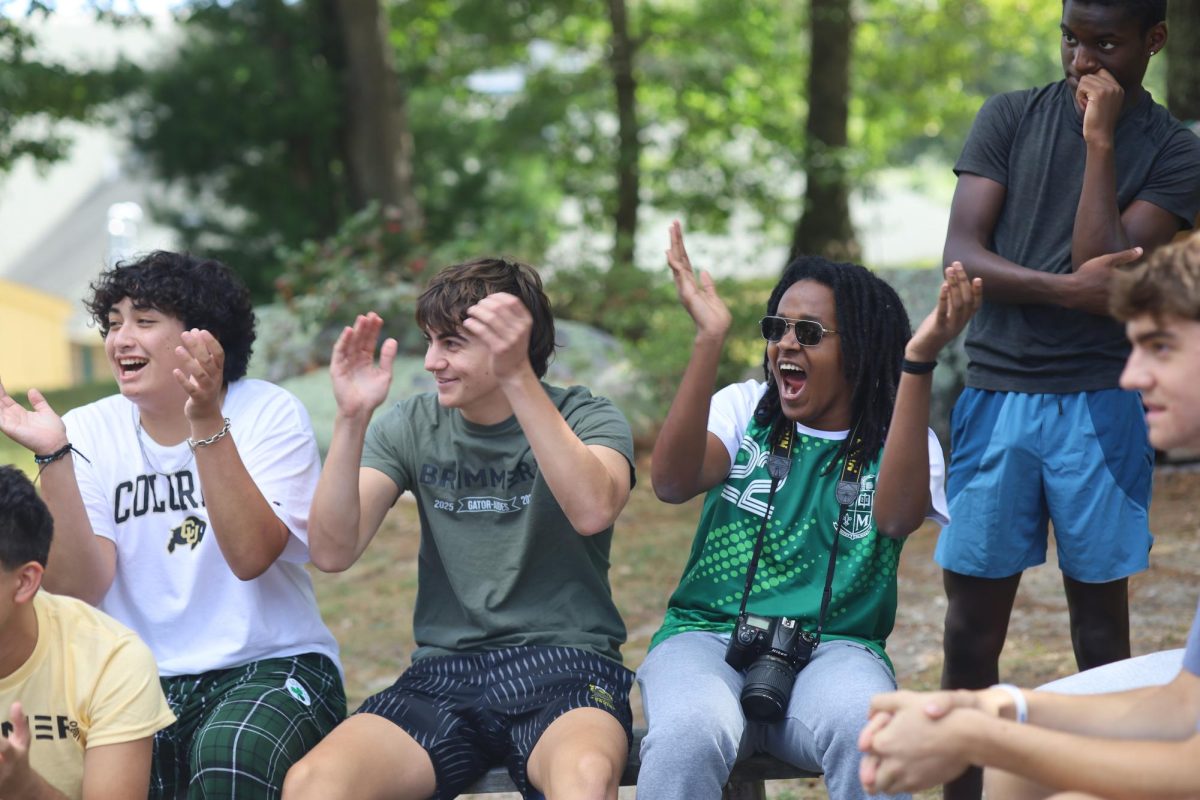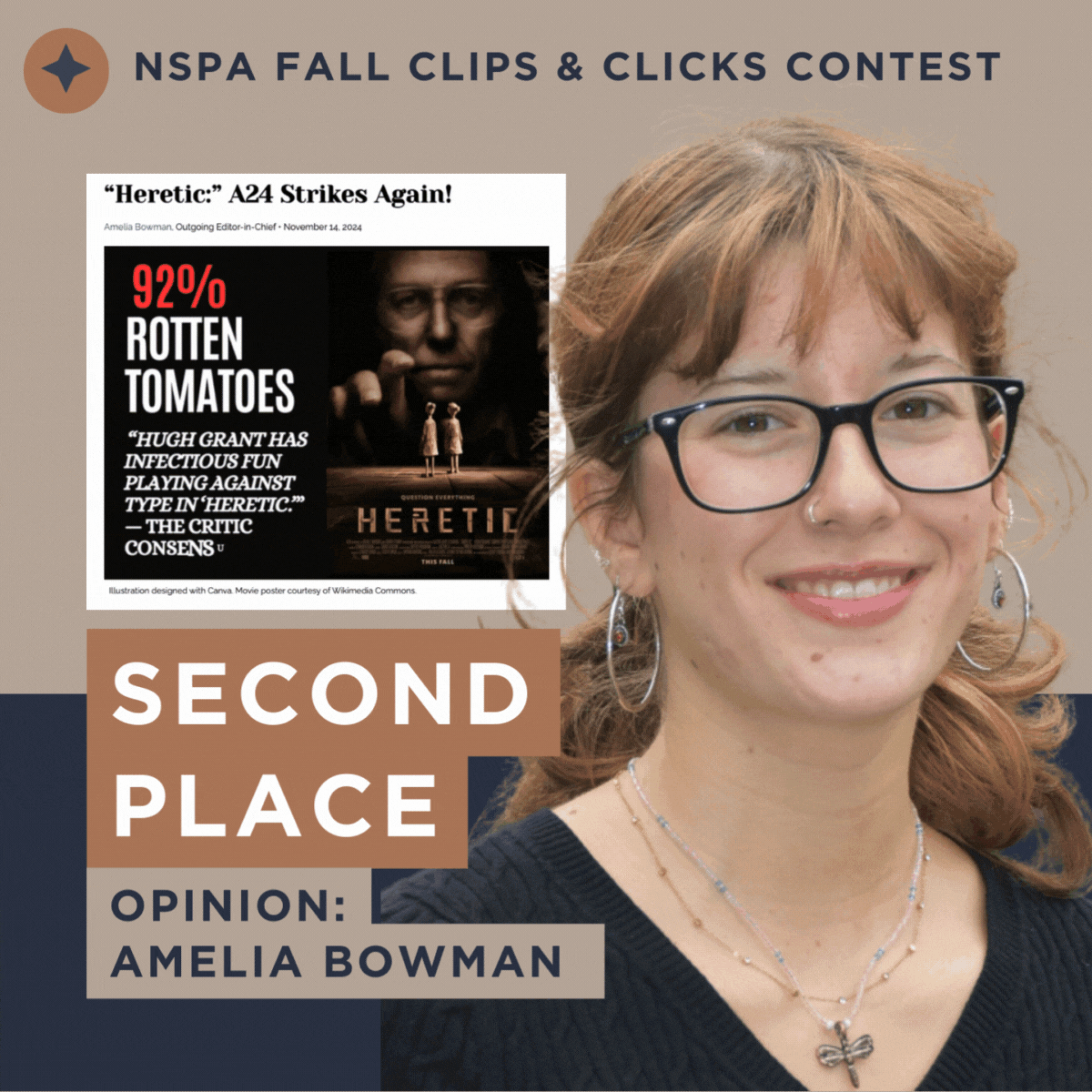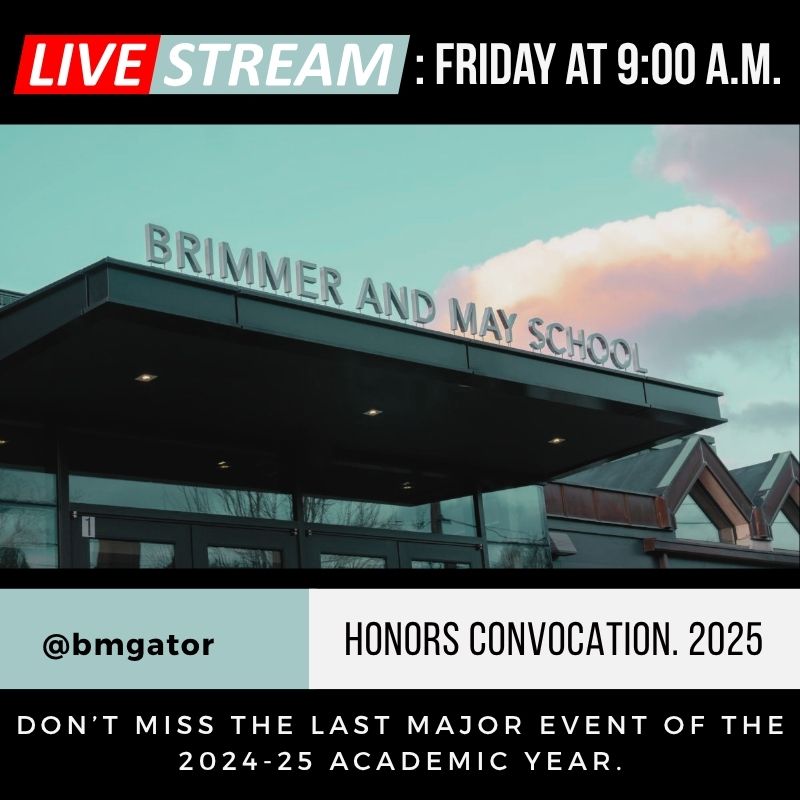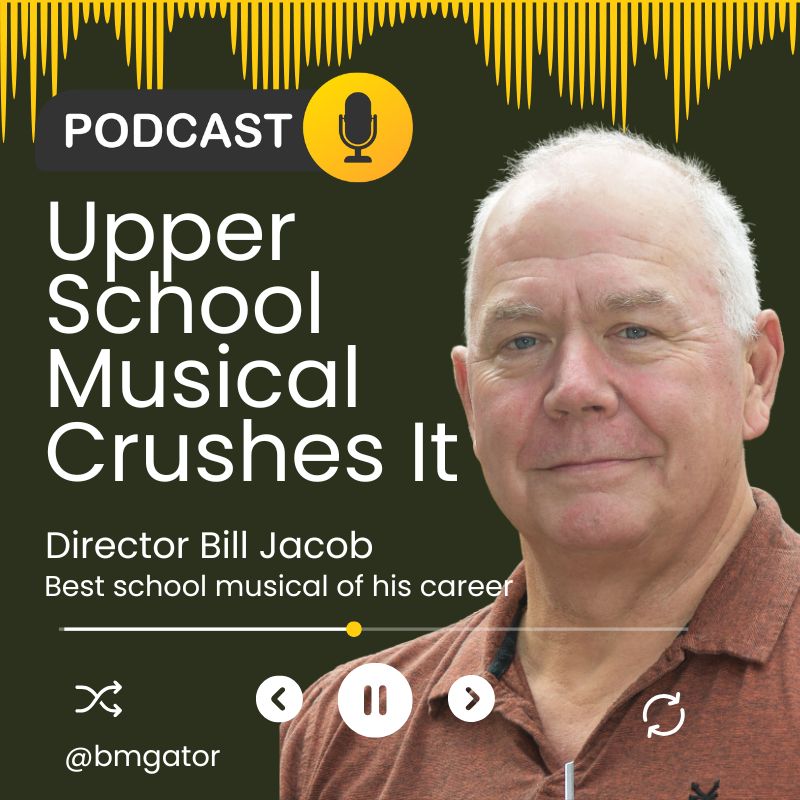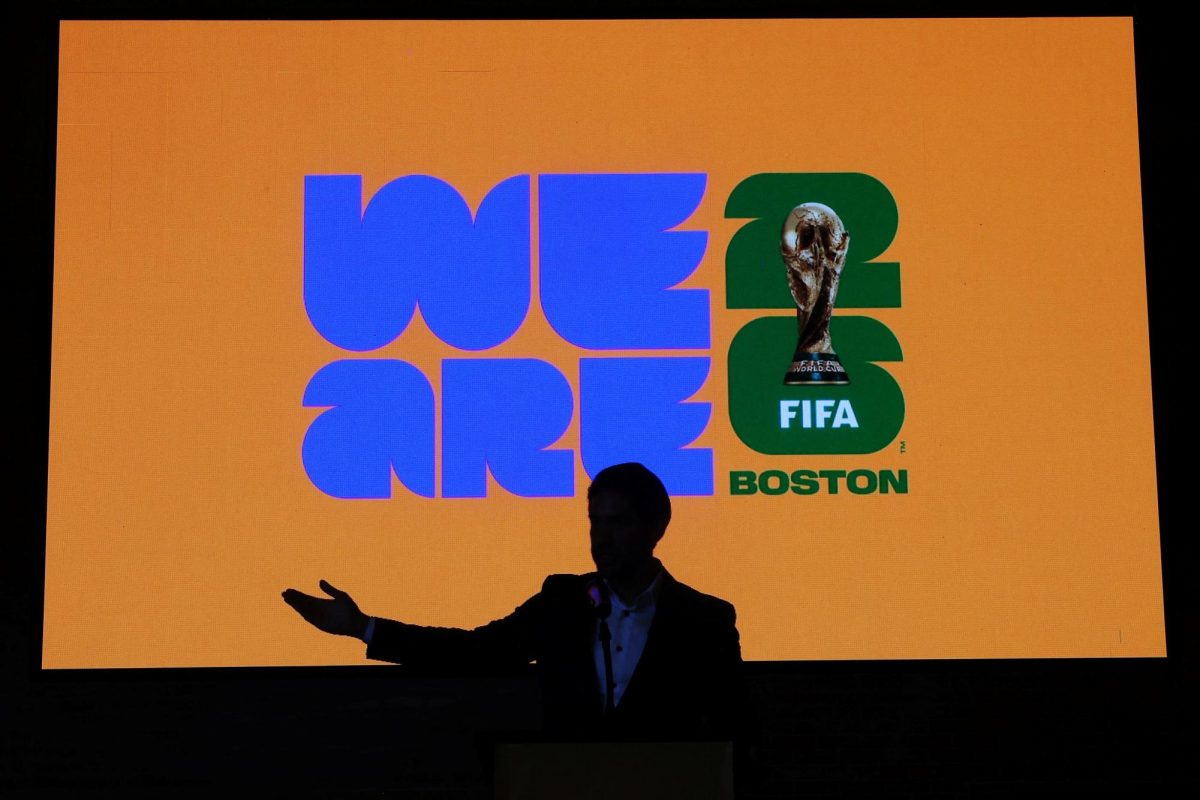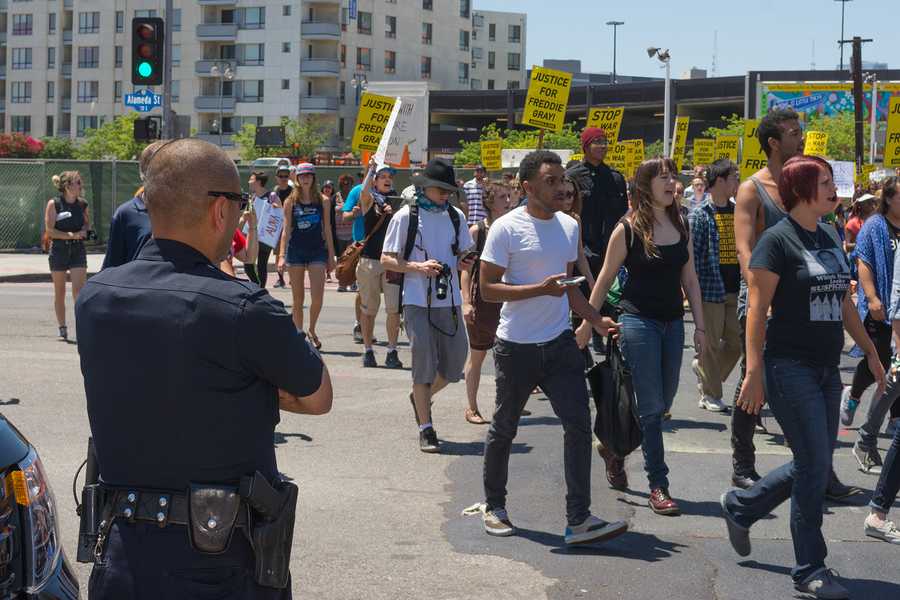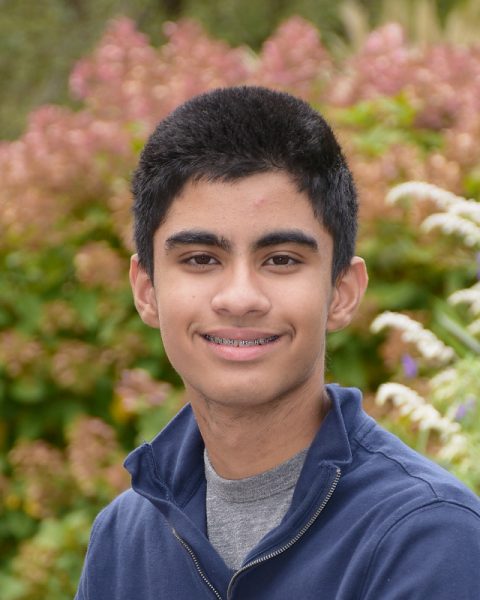Baltimore: Looking Below the Surface
Los Angeles CA USA – May 02 2015: Police watching Protesters during march against the death of Freddie Gray a man of Baltimore who was seriously injured in police custody.
May 21, 2015
Over the past year, police scandals have swept global news coverage while sparking contentious debate. Were the police justified in their actions? Who was at fault? Was racism involved?
Most recently, Baltimore was embroiled in a series of violent protests following the death of Freddie Gray, 25.
Here are the known facts of Gray’s case
On April 12, 2015 at around 8:45 a.m, Gray was in his west Baltimore neighborhood when he made eye contact with police officers and fled the scene.
After a quick chase, the police stopped Gray and found a knife clipped in his right pocket. Gray was arrested for the accused illegal switchblade pocket knife, but prosecutor Marilyn J. Mosby said that the knife was not a switchblade—and under Maryland law the knife Gray was carrying was in fact legal.
Although the police report stated that Gray was arrested without force or incident, eyewitness Kevin Moore stated that Gray was “screaming for his life” when he saw one officer place a knee on the back of Gray’s neck, while another officer bent Gray’s legs backward—a restraint known as “leg lace.”
Gray cried out that he had asthma and needed his inhaler, but the officers did not delay the arrest to seek medical assistance first, as required by law.
Officers then placed plastic handcuffs and leg shackles on Gray, and put him in their van head first. Baltimore Police Department policy says that officers must buckle suspects in custody.
The cause of Gray’s spine injury is still under investigation, but the handcuffs, shackles, and lack of restraints played a major factor.
Though officers repeatedly stopped the van due to Gray banging on the doors, medical help was never reached.
Officer Goodson left the van to respond to another police report, without getting Gray medical help.
When officers arrived at the Western District Police Station, they tried to remove Gray from the van, but he was unresponsive. Police sent Gray to the University of Maryland Shock Trauma, where he had surgery and died.
Several arrests were made over the following six days, with protests outside of the police station. At least 5 police vehicles were damaged and pedestrians attacked policemen with rocks.
As protests continued into a second week, police made about 35 arrests with 6 officers injured. After Gray’s funeral service, violent protest escalated with looting and significant property damage.
Here are my thoughts
We don’t know exactly what happened inside the van, but many believe that Gray’s death was racially motivated. This is by no means inconceivable—but as of now, before more facts are known, there simply isn’t sufficient evidence to substantiate such a conclusion.
What we do know, however, is that Gray was inappropriately handled—not buckled per police department regulations—and that he did not receive prompt medical attention for his asthma.
At first glance, it’s also puzzling that while protesters claim to be combating racism, some of the same people are damaging a city that is predominantly black—burning down houses, cars, and buildings, much of which belongs to blacks. As of 2013, in fact, 63.3% of the city is black, with a black mayor and a black police chief, whose force is 48% black.
Whatever the breakdown, however, the nation would do well to step back and consider that the riots in Baltimore don’t begin and end with Gray, and that race plays a significantly more intricate role. Many protestors feel that their plight has long been marginalized by an apathetic nation—and a largely white-controlled media. I would argue that Gray’s death brought to surface underlying tensions of a frustrated community, longing for appropriate attention to lingering issues of inequity.
For example, the United States Census Bureau cites that between 2009 and 2013, up to 23.8 percent of Baltimore’s population fell below the poverty line. Moreover, according to a May 14 Washington Post article, the Center for Economic Development at the University of Wisconsin-Milwaukee found that “42.5 percent of working-age black males were not employed in 2010, which was 20 percentage points higher than the rate for whites.” In another article, CNN Money reported that “Baltimore is located in the richest state in the country, Maryland, which makes comparing the incomes of blacks in Baltimore to the median income of the state overall particularly stark, with an almost $40,000 a year a difference in earnings.”
It’s to some degree understandable—however horrific and unfortunate—that protestors embraced violence as their only remaining recourse for having their voices heard on matters of inequity, only one of which has to do with police brutality. Last month, Baltimore resident Kwame Rose was captured addressing Geraldo Rivera of Fox News, expressing his frustration over the media’s persistent failure to do its job.
“I want you and Fox News to get out of Baltimore City, because you are not here reporting about the boarded up homes and the homeless people under MLK. You’re not reporting about the poverty levels up and down North Avenue,” Rose told Rivera, adding that the media celebrity is only present to report black riots.
The circumstances of Gray’s death is still under investigation, and until more is known, it’s important to wait before rendering a verdict—either in a court of law or one’s mind. At the same time, we must not dismiss violent protests in Baltimore as nothing more than illegal and destructive acts. Certainly, those responsible for inciting and participating in riots must be held accountable. But Americans are also hurting, and we would do well to really listen. Only then can positive change begin to take place.



